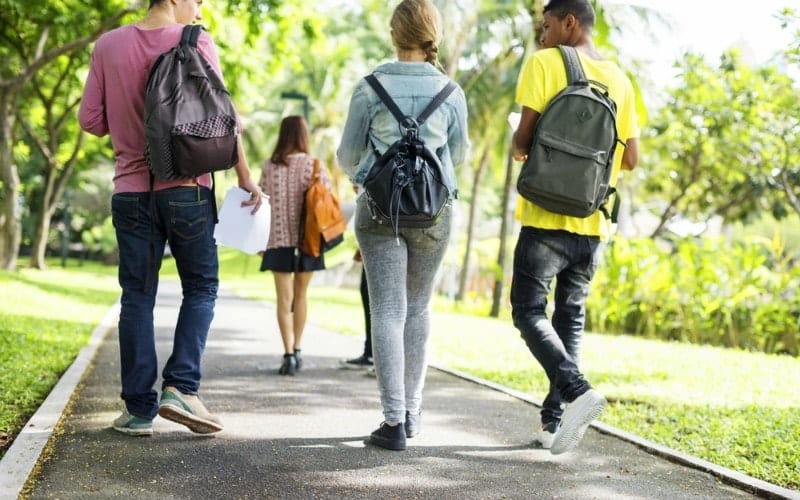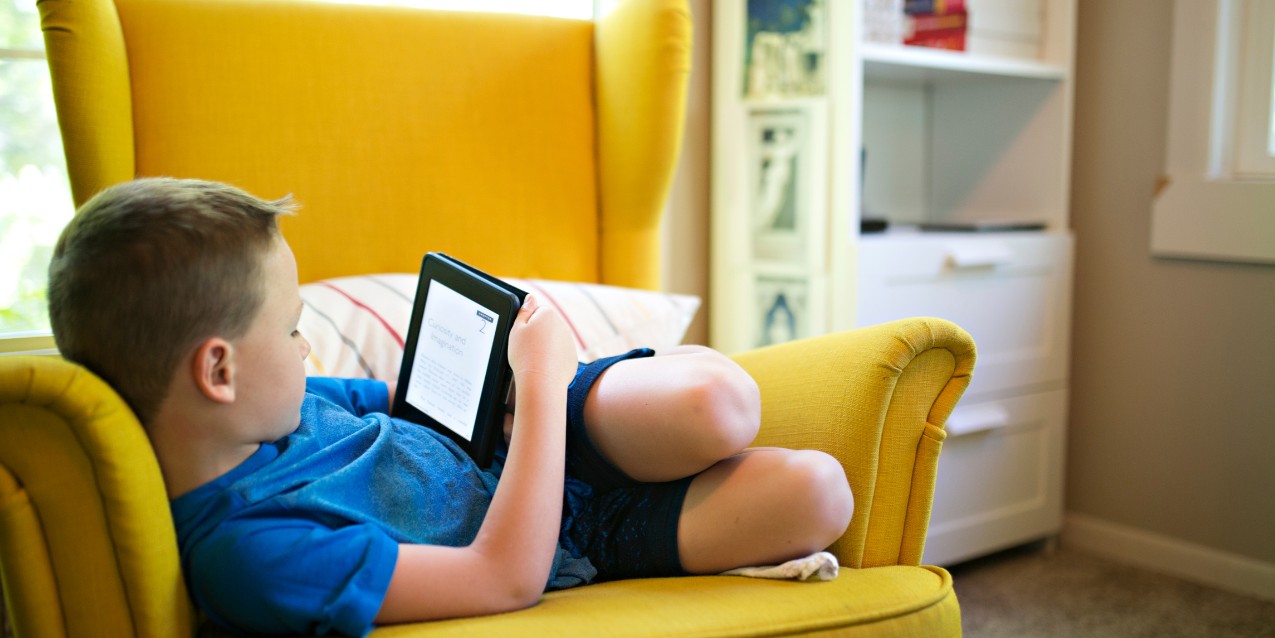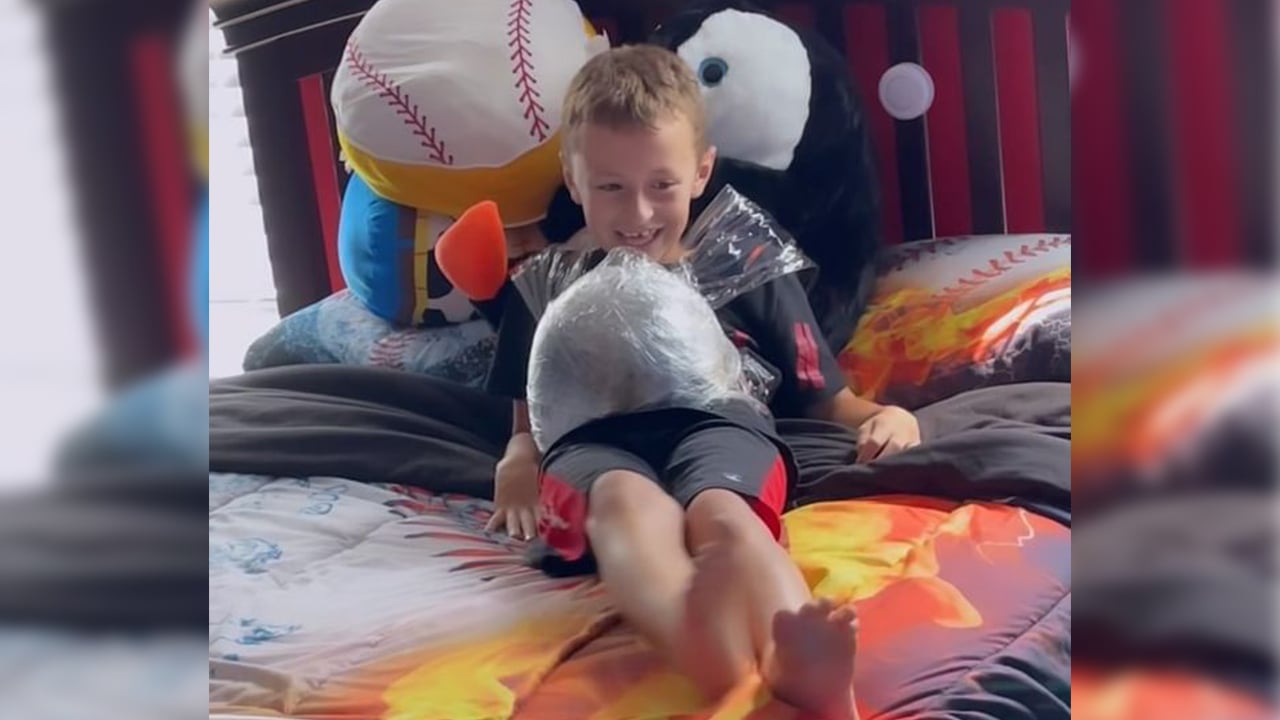College students are resilient. They can move easily between pre-Covid and post-Covid realities, with almost no change in functioning or overall impact on their learning.
We repeatedly told ourselves this perceived truth as we moved from quarantines to total shutdowns, back and forth from in-person learning, to online school, to partial days, and then to a hybrid system.
“We’ve got this,” we told ourselves, mainly because technology handed us the tools to do so. Young people have technological fluency, and we believed they would be receptive to the lessons put forth by their professors without skipping a beat. While the shutdowns were reasonably necessary to preserve the health of our overall population, educators are now starting to understand the depths of just how much the Covid period affected our college students and their learning patterns.

As a college instructor who taught through the Covid period and beyond, I have had many conversations with my colleagues regarding this impact on our students. Indeed, some have successfully bounced back and reclaimed their previous paths. However, many are still flailing in a post-Covid world and continue to feel disconnected from their learning experiences — even now.
The CDC published research to this effect early in the lockdown, showing a rise in significant mental health concerns among isolated caregivers and young people of college age (Joan Stephenson, 2020).
Being hardwired as social beings during this stage of life, young adults were denied the opportunity to connect to their academic world successfully. We can now see that these actions have impeded some educational processes profoundly.
Three notable trends we observed in our return to post-Covid learning environments
1. The learning deficits are greater than expected
This is particularly true in the core subject areas — Composition and Math. Key instructional concepts were missed, resulting in gaps primarily in general education courses.
For example, over the last year alone, I’ve had to report and discipline a disproportionate number of episodes of plagiarism. Upon review, I discovered that these incidents were largely unintentional and often the result of students not being able to differentiate between restating information found broadly on the internet and basic scholarly research methods, usually taught before college.
2. College students feel less connected to their university experiences
College was a defining experience for many of us in our late teens and early twenties. However, Covid has left many students feeling less engaged, less integrated into their learning environments, and less sure about their skill sets. Accepting late work, assignment redo’s, and test re-takes was necessary during the pandemic and some students came to rely on these means as a method of success. It may have been a “new normal” at the time, but it’s not productive.
3. The loneliness factor is persistent
Students did not have the opportunity to make friendships under normal circumstances, and many continued feeling isolated. Some lost friends they were starting to connect with at college, who were sent home to be with their families as schools closed and classes went online. In their early stages, these relationships often unraveled as students struggled to make real connections with others on campus.
How parents can help teens or young adults who are struggling post-Covid
Set expectations high
Please remind your student that you still expect them to perform well in school but understand that setbacks are part of the process. Instructors are trying to fill in the gaps by offering reviews and making referrals for tutoring services. Suggest that your student take advantage of these opportunities as possible.
While many schools are still offering optional Incompletes instead of grades, please encourage them to utilize these options as infrequently as possible and only when necessary. Proactive engagement with their instructors is the best solution if their grades fall.
Be open to alternate paths of education
If your student doesn’t feel like they can connect with the university experience, suggest and be supportive of alternatives. Community colleges provide an excellent option for students who may feel overwhelmed by the larger learning environment. They offer the same general education credits covering the same material, with the benefit of smaller class sizes.
One of the things I love about teaching at two-year schools is that I know each student personally and can identify learning deficits more effectively. If a hybrid model worked for your child during the pandemic, it might be wise to have them complete general courses in person and finish major courses online.
Initiate dialogue with your student
Don’t wait for them to come to you; take the initiative. Parents should open the conversation with their kids rather than assume they are okay because they are back on campus. There may be lingering social insecurities even though everything seems normal from the outside. Campuses offer counseling, mentorship, and mental health education free of charge. Assure your child that others have the same feelings and that there is no stigma in accessing resources for assistance.
All in all, I think our college students are making tremendous strides in their return to school. However, as parents, we can (and should) respect that an essential part of their developmental experience was lost.
The key to moving forward is acknowledging that their lives were atypically upended at a critical time in their education. We may now need to forge a new path ahead, even if it looks a little different than what we once thought (or hoped) it would be.
More Great Reading:
‘Quiet Quitting’ Your Relationship With Your College Student

 PARENTING TIPS
PARENTING TIPS







 PREGNANCY
PREGNANCY








 BABY CARE
BABY CARE








 TODDLERS
TODDLERS








 TEENS
TEENS








 HEALTH CARE
HEALTH CARE







 ACTIVITIES & CRAFTS
ACTIVITIES & CRAFTS








 CONTACT
CONTACT ABOUT
ABOUT














